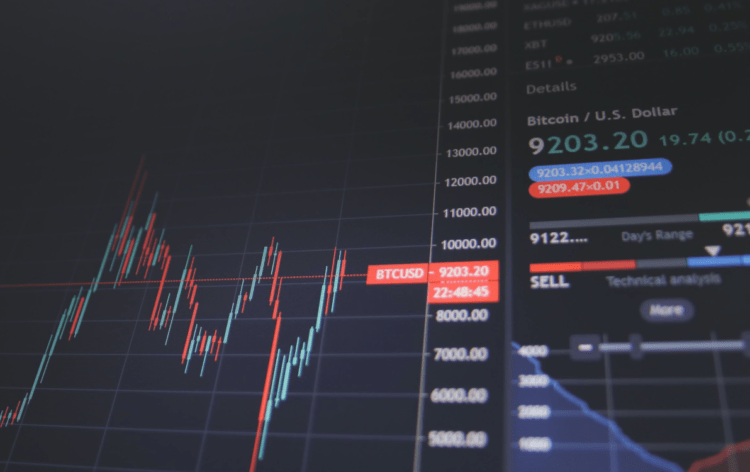Analyzing the Performance of the German DAX and UK FTSE: Key Factors and Historical Trends

The German DAX and UK FTSE are two of the most closely watched stock market indices in the world, representing the performance of the largest companies in Germany and the UK respectively. Both indices are important indicators of the health of their respective national economies, and their price movements can have a significant impact on global financial markets.
In this article, we will take a closer look at the price action of the German DAX and UK FTSE, exploring the historical trends and key factors driving their current performance. We will examine the impact of macroeconomic factors such as GDP and inflation, as well as political events and monetary policy decisions. By gaining a deeper understanding of the price action of these indices, you can make more informed decisions about your investment strategies, and potentially identify new opportunities for profit.
More About DAX and FTSE Stocks You Should Know Before Investing in Them
The German DAX and UK FTSE are two of the most popular stock indices in Europe and are closely followed by traders around the world. The DAX is made up of 30 of the largest and most liquid companies in Germany, while the FTSE is comprised of the 100 largest companies listed on the London Stock Exchange.
One of the key features of both indices is their stability, with a long history of consistent performance. The DAX has been trading since 1988, while the FTSE dates back to 1984, providing traders with a wealth of data to analyze and inform their trading decisions. Both indices have also weathered numerous economic and political crises, demonstrating their resilience and ability to adapt to changing market conditions.
Even though huge successes and have good reputations, both of stocks are very volatile as they are impacted by several factors. Mostly such factors include economic impacts and inflation rates as for other stock prices too. In addition, political events, such as Brexit and the COVID-19 pandemic, have also impacted the performance of these indices.
Traders looking to invest in these indices should carefully consider their features and reputation. The DAX is known for its heavy weighting towards the automotive and financial sectors, while the FTSE is dominated by the oil and gas, mining, and financial sectors. This concentration of industries can create opportunities for traders to capitalize on sector-specific news and events.
Taking into account the bid-ask spread also is essential while trading. When the bid-ask spread is tight, trading costs are lower and it is easier for traders to open and close positions.
In conclusion, the German DAX and UK FTSE are important indices in the global financial system, with a long history of consistent performance. While they are subject to fluctuations and volatility, traders who carefully consider their features and reputation can find opportunities to profit from sector-specific news and events.
DAX and FTSE Price Fluctuations Currently
The German DAX index has made a strong recovery over the past few weeks, which has provided optimism for investors. Even though this, the index may not be ready for a bullish breakout just yet. The current price action shows signs of sideways movement, which could persist for the time being. The index is currently testing a significant resistance level at the March high of 15706, which could pose a challenge for a decisive break above it. Furthermore, the weekly charts indicate a negative divergence, which means that the recent rally is losing momentum. While this does not indicate a reversal of the broader uptrend, it suggests that the recent consolidation and sideways range could continue.
Conversely, the UK FTSE 100 index is currently encountering a critical level of resistance, which includes the 89-day moving average and the lower boundary of the Ichimoku cloud. These levels are close to the January low of 7708. The upward momentum has increased, but the Moving Average Convergence Divergence (MACD) indicator remains in bearish territory. This implies that the index is facing significant selling pressure, which could limit any potential upside. It will be better if traders will monitor these levels and focus on them to avoid additional risks before making or continuing investing in these stocks.


























Comments (0 comment(s))